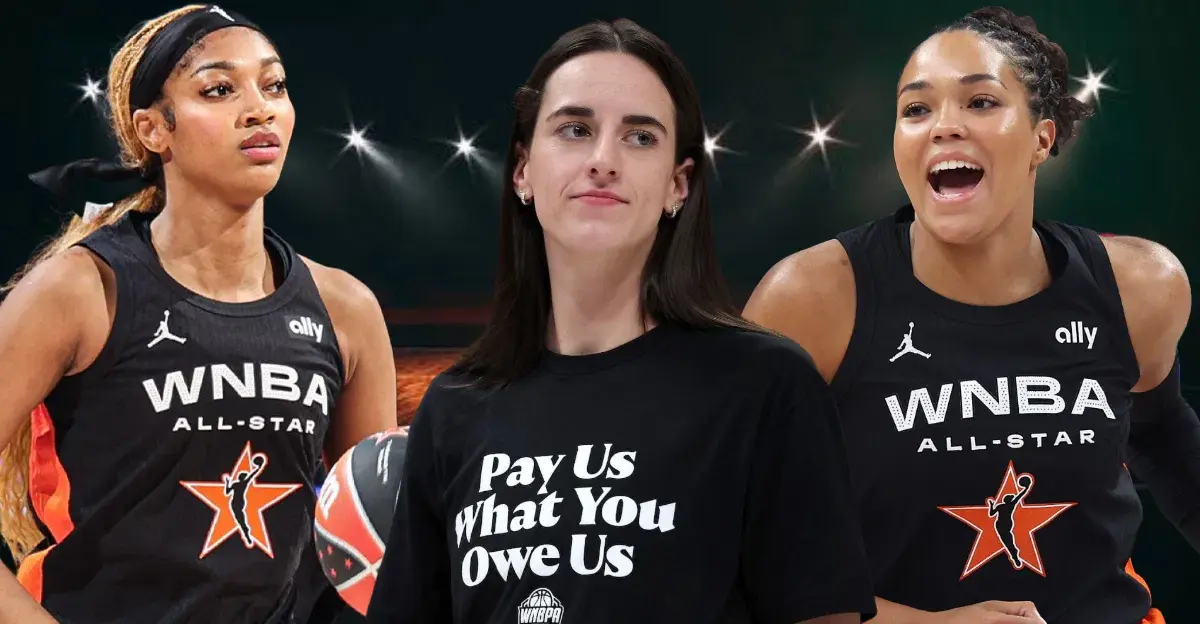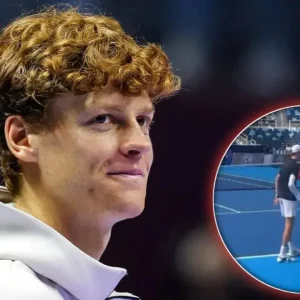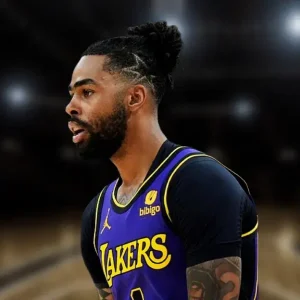The arrival of Caitlin Clark and Angel Reese into the WNBA has reignited a long-overdue conversation about fair compensation for women in professional sports. Both athletes are already household names, drawing millions of views during their NCAA matchups and bringing unprecedented attention to the league. Yet, despite their star power, they — along with many other WNBA players — continue to earn salaries that pale in comparison to their male counterparts in the NBA. Here are three compelling reasons why it’s time WNBA stars like Clark, Reese, and others get paid what they deserve.

1. They’re Driving Major Revenue and Ratings Growth
Caitlin Clark’s transition from the Iowa Hawkeyes to the Indiana Fever sparked a surge in ticket sales, jersey purchases, and national TV ratings. The WNBA Draft featuring Clark and Reese drew record-breaking viewership, and arenas across the country have sold out whenever Clark or Reese comes to town.
Angel Reese, known for her fierce competitiveness and social media influence, has also contributed to an explosion of fan engagement. Her WNBA debut with the Chicago Sky generated massive buzz online, pulling new audiences into the league. These players aren’t just athletes — they’re business drivers. If athletes are responsible for generating millions in revenue, they should be rewarded accordingly.
2. They Have Global Cultural Influence
Clark and Reese are not just sports stars; they are cultural icons. From magazine covers to endorsement deals with major brands like Nike, Reebok, and Gatorade, these athletes have transcended the court. Their impact is especially powerful for young girls, who finally see female athletes being celebrated, followed, and admired like their male counterparts.
This cultural relevance translates into value — not just in dollars, but in visibility and influence. WNBA players are growing the game in ways that directly benefit the league, broadcasters, sponsors, and cities. Paying them fairly isn’t just about equity; it’s about acknowledging their impact on pop culture, youth sports, and representation.
3. The Wage Gap Undermines the League’s Growth
The current WNBA maximum base salary is just over $250,000 — a fraction of even the NBA’s minimum salary, which is nearly $1.2 million. For rookies like Clark and Reese, their WNBA contracts hover around $75,000–$80,000, while their male peers in the NBA earn millions from day one.
This gap creates an unsustainable model where many WNBA players have to go overseas in the offseason to supplement their income — often at the risk of injury or burnout. With the league growing in popularity, media deals expanding, and fan engagement at an all-time high, underpaying players could actually hurt the WNBA’s momentum by pushing stars away or creating instability in player availability and health.
Final Thoughts
Caitlin Clark, Angel Reese, and their WNBA peers are not just exceptional athletes — they are change-makers. They’re expanding the audience, bringing in revenue, shaping culture, and inspiring millions. The league, media networks, and sponsors are reaping the benefits. It’s time for the pay to reflect the value they bring.
The push for fair pay isn’t about charity — it’s about business, respect, and growth. The WNBA is rising. Its players should rise with it.






